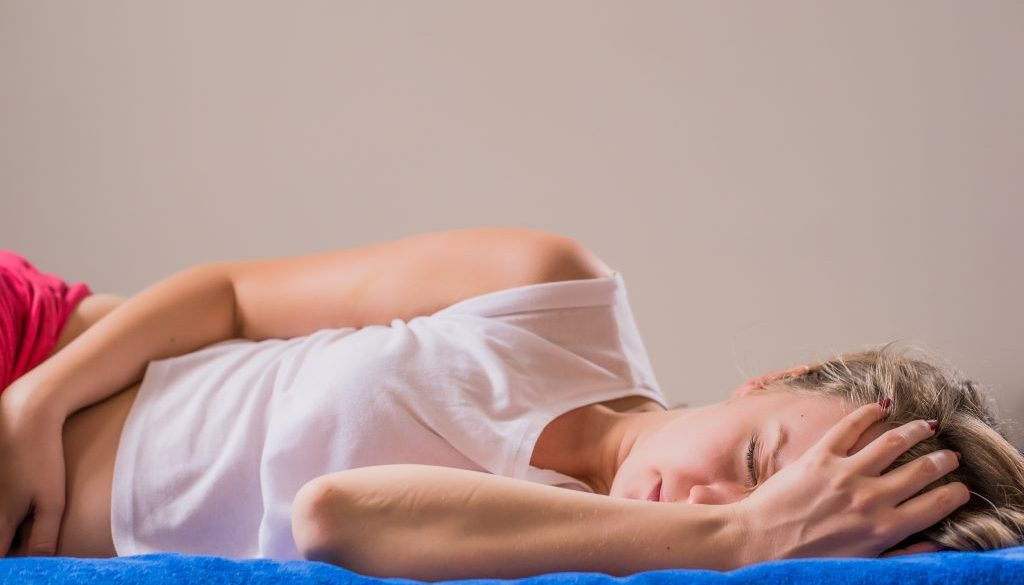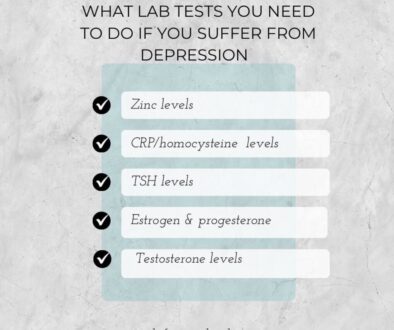How to Balance Your Hormones Naturally
Hormonal imbalance
Symptoms of hormonal imbalance in women:
Hormonal imbalance leads to conditions such as:
- PCOS
- Endometriosis
- Female Infertility
- Fibroids
- Fibrocystic breast
- Amenorrhea (absence of menstrual cycles)
- Oligomenorrhea (infrequent menstrual cycles)
- Acne
- Depression
- Heart Disease
Natural treatments for hormone imbalance:
Decrease the intake of & exposure to harmful compounds (xenoestrogens)
Xenoestrogens are man-made chemicals that imitate female hormone estrogen in your body. These substances are close in molecular structure to estrogen. For this reason, they bind to estrogen receptor sites and alter hormonal functioning in a woman. This can further increase PMS symptoms and increase the odds of infertility. It can also affect any other medical condition in which hormonal dysregulation plays a role in.
Xenoestrogens are commonly found in the following substances. It is best to avoid common sources such as:
- Nail polish, soaps, gels, hairsprays and lotions
- Plasticized receipts
- Pesticides
- Plastic bottles (hard and soft), liner on canned goods, plastic cookware,
- Flame retardants
- Dry cleaning solvents
Improve natural liver metabolism/excretion of hormones
The liver is responsible for 40% of detoxification. For this reason, it is important to ensure the optimal functioning of the liver. This way hormones can be excreted properly.
The liver detoxification process can be achieved by making changes to your diet. Using herbal supplements also helps with estrogen clearance from your body.
- Herbs such as Rosmarinus officinalis, also known as rosemary, help with estrogen metabolism. Rosemary has added beneficial effects on memory.
- Curcuma longa found in turmeric also helps with liver detoxification. (helps with phase I & II liver detoxification)
- Herbs acting on the liver improve liver enzyme activity and increase estrogen clearance. Silybum Marianum, also known as (milk thistle), is one of the most commonly used herbs for liver detox and estrogen clearance.
- Eating more cruciferous vegetables and drinking green tea also helps with liver detoxification
Avoid Alcohol
- Drinking alcohol increases estrogen levels.
- Even moderate alcohol use increases breast cancer risk in women.
Modify estrogen metabolism through exercise and healthy weight:
- Exercise, for example, reduces estrogen production and increases excretion.
- Promoting healthy weight: Aromatase, the enzyme responsible for the production of estrogen, is stored in fat cells. When you lose weight, you lose adipose tissues (fat cells). This further helps lower the production of estrogen E2.
Modify estrogen metabolism through the gut by:
- Increasing fiber intake and lowering fat intake (to reduce B-glucuronidase activity)
- Increasing lignans intake (found in flaxseed in high concentrations). Lignans decrease levels of free estrogen in circulation. Flaxseed also inhibits the growth of cancer cells in estrogen-sensitive breast cancer cells. Eating 10g of flaxseed/day leads to higher progesterone: estrogen ratio. Flaxseeds also improve ovarian function.
- Establishing proper bacterial flora is also essential. (Using probiotics). There are different types of probiotics, and we can decide which kind you should consume.
Establishing healthy blood sugar levels
Changes in blood sugar levels prompt ovaries to secrete excess testosterone (male hormone). It also decreases SHBG (sex hormone-binding globulin). This can further increase free sex hormones and cause hormonal imbalances.
Natural ways to balance female hormones – using Food/Herbs
(through modification of Estrogen Metabolism)
- Omega 3 fatty acids: Omega 3 fatty acids are important for their anticancer and cardioprotective effects
- Vitamin E: low vitamin E levels are associated with high estrogen levels. For this reason, vitamin E helps with hormonal balance.
- Magnesium: is needed for the excretion of estrogen. It also helps with the excretion of extra hormones from your body.
*Book an appointment now for your free 15 minutes consult.
https://www.webmd.com/women/pms/default.htm







